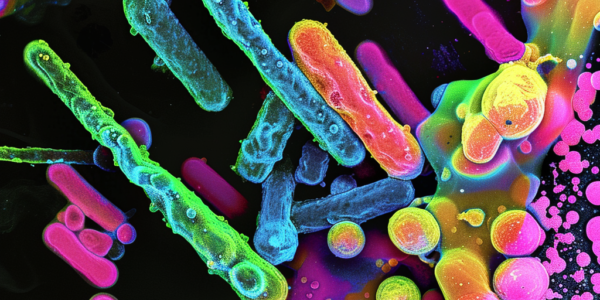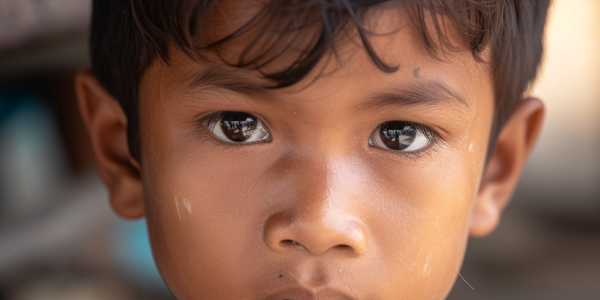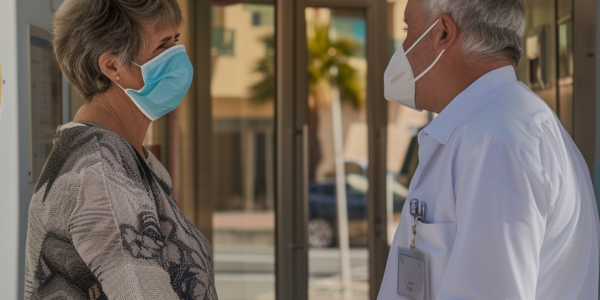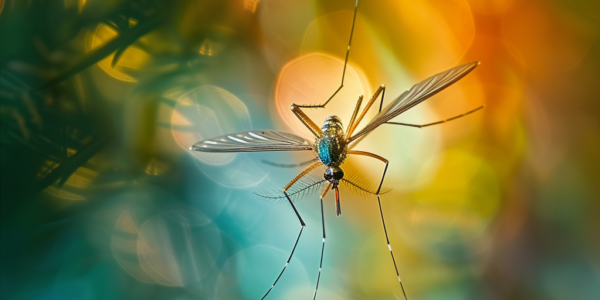Understanding the Risk of Reinfection with JN.1 Variant
With the emergence of the JN.1 variant, understanding the risk of reinfection for those previously infected or vaccinated is crucial. Factors such as vaccination history, underlying medical conditions, and age can all influence an individual’s level of protection. Stay informed about the latest guidance and recommendations from health authorities as the pandemic continues to evolve.
The Heightened Risks of Respiratory Viruses for Individuals with Heart Conditions
As the cold and flu season continues, millions of Americans are grappling with symptoms such as fever and dehydration from the flu, Covid, and RSV. Dr. Icilma V. Fergus, a cardiologist at New York’s Mount Sinai Hospital, explains the heightened risks associated with respiratory viruses for individuals with heart conditions. It is crucial for individuals with heart disease to be vigilant about any symptoms they experience during a viral infection, as viral-induced inflammation can potentially lead to heart failure or even a heart attack. Experts advise staying up to date with flu and Covid vaccinations and obtaining an RSV vaccine to mitigate the risk of illness.
Ocean-Based Viruses and Climate Change
Discover how ocean-based viruses are being utilized to combat climate change by enhancing carbon capture and preventing methane release. Scientists are leveraging genomic sequencing and artificial intelligence to identify viruses integral to carbon metabolism and develop community metabolic models for improved carbon capture in the world’s oceans.
Scientists Discover Viroidlike ‘Obelisks’ Colonizing Bacteria in Human Gut
Scientists have made a groundbreaking discovery in the human gut, finding rod-shaped fragments of RNA called ‘obelisks’ colonizing bacteria for the first time. This discovery may represent a whole new class of infectious agent, according to a study available on the preprint server bioRxiv. The lead author, Ivan Zheludev of Stanford University, and his colleagues identified thousands of distinct loops of single-stranded RNA that did not code for proteins. They even found one group of obelisks inside the common mouth bacterium Streptococcus sanguinis. Additionally, they analyzed information on the mouth and gut microbiomes of 472 people from five previous studies and detected obelisks in nearly 10 percent of the participants. These obelisks bear some resemblance to viroids, tiny, circular fragments of single-stranded RNA. However, they differ in their shape and structure, being rolled into a rod shape instead of remaining a flat circle, and their RNA sequences don’t match any known viroid sequences. Moreover, they are the first viroidlike elements to be detected in bacterial cells, rather than in more complex organisms. Understanding and classifying these obelisks will be an intriguing challenge, as they blur the line between living and nonliving things. Given the ubiquity of viroids in the plant world, finding something similar in bacteria makes perfect sense, and it is an exciting discovery in the field of microbiology.
Study Identifies Virus Lineages with Potential to Cause Global Pandemic
A recent study highlights the potential of certain virus lineages to cause a global pandemic, emphasizing the need for continuous monitoring of viruses related to known human pathogens. Understanding the ancestry of virus families may assist researchers in pinpointing which variants possess the potential to become Disease X, the elusive pathogen responsible for the next worldwide pandemic. The findings are expected to support ongoing efforts to monitor and prepare for future pandemics, including guiding vaccine and diagnostic development.
Alaska Resident Dies from Rare Alaskapox Virus
An Alaska resident has passed away due to complications of a rare virus called Alaskapox, marking the first instance of an Alaskapox infection resulting in hospitalization and death. The virus typically occurs in small animals, with no reports of human-to-human spread. Health officials are working to understand and contain the spread of Alaskapox to prevent further cases and fatalities.
Cambodia Reports Third H5N1 Avian Flu Case of the Year
Cambodia reports third H5N1 avian flu case of the year, raising concerns about human exposure to infected poultry. World Health Organization updates risk assessment, emphasizing the ongoing likelihood of sporadic human infections. Meanwhile, real-world efficacy data from Spain highlights the effectiveness of RSV drug nirsevimab in preventing hospitalizations for infants.
British Expats in Spain Face Challenges as Face Mask Mandate Extended in Health Centres
British expats in Spain are facing new challenges as health authorities in Andalucia extend the mandatory use of face masks in all health centres, prompting concerns among residents and visitors. Stringent enforcement has led to reports of individuals being turned away from appointments for not wearing a mask, with warnings of potential fines for non-compliance.
Dengue Fever Surges in Thailand with Over 8,000 Cases in January 2024
Dengue fever is on the rise in Thailand, with over 8,000 reported cases in January 2024. The Disease Control Department (DCD) has issued a warning, urging the public to take precautions against mosquito bites to prevent the spread of the disease. Dr. Thongchai Keeratihuttayakorn revealed that the number of dengue cases surged by 91.25% compared to the same period in 2023, with 13 deaths reported. The majority of affected individuals were children between the ages of five and 14, with the southern and central provinces of Thailand reporting the highest number of cases.
RSV Passive Immunization 69% Effective in Protecting Infants
The Eurosurveillance Rapid Communication published a study on January 25, 2024, that concluded Beyfortus™ (Nirsevimab) was about 69% effective at preventing pediatric respiratory syncytial virus (RSV) hospitalizations in infants. This study provides early real-world evidence of nirsevimab immunization protecting infants from severe RSV disease in Luxembourg, with a significant decrease in RSV cases among infants under six months old.










